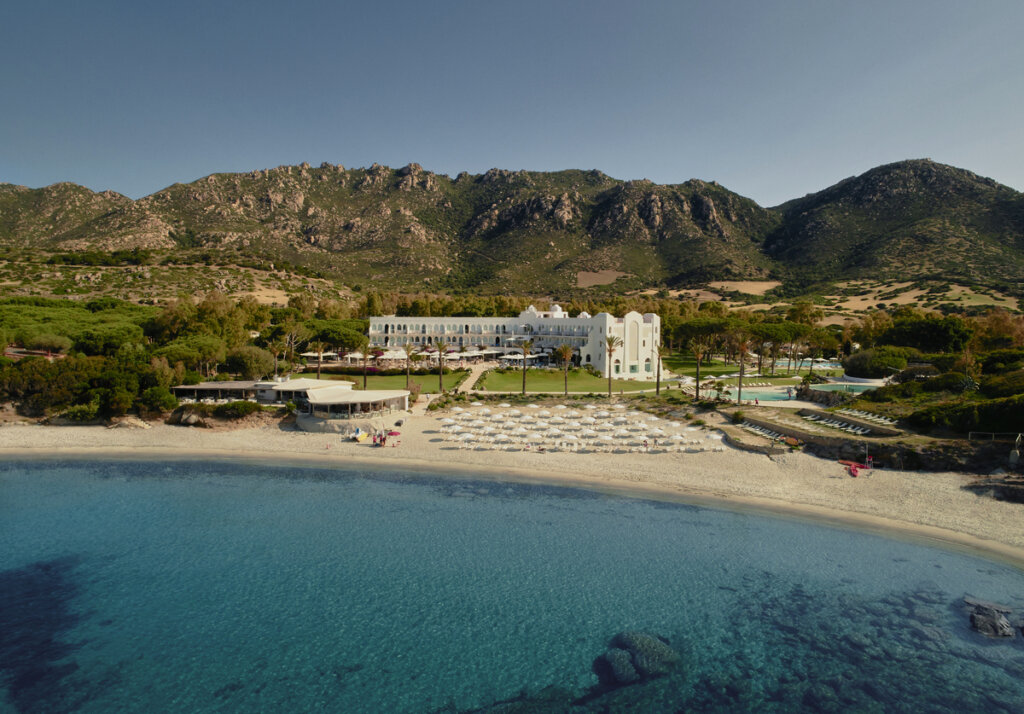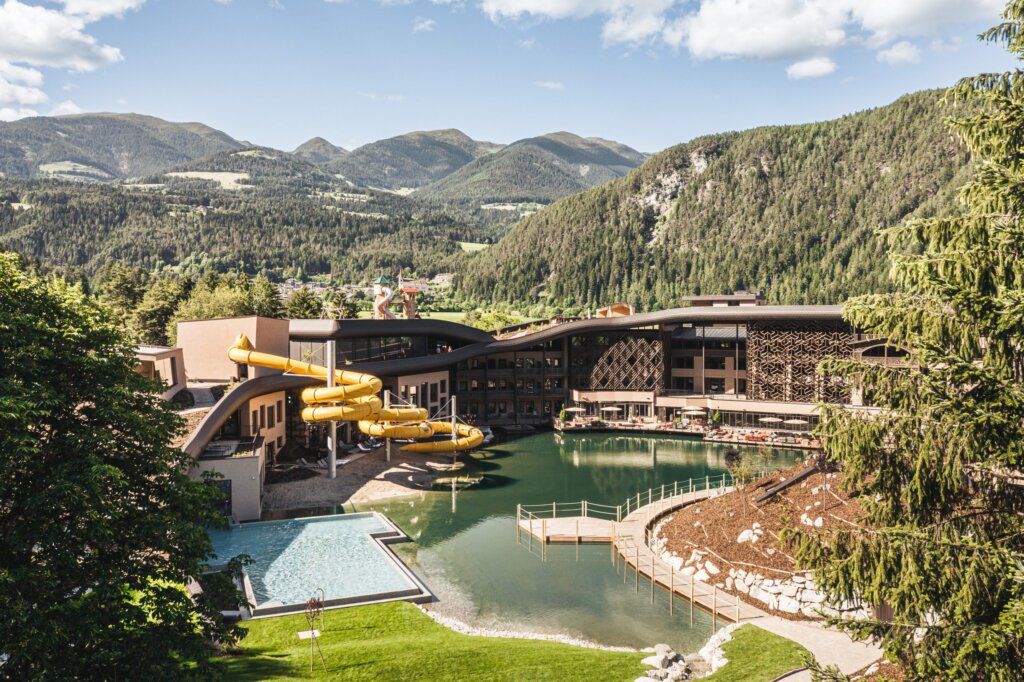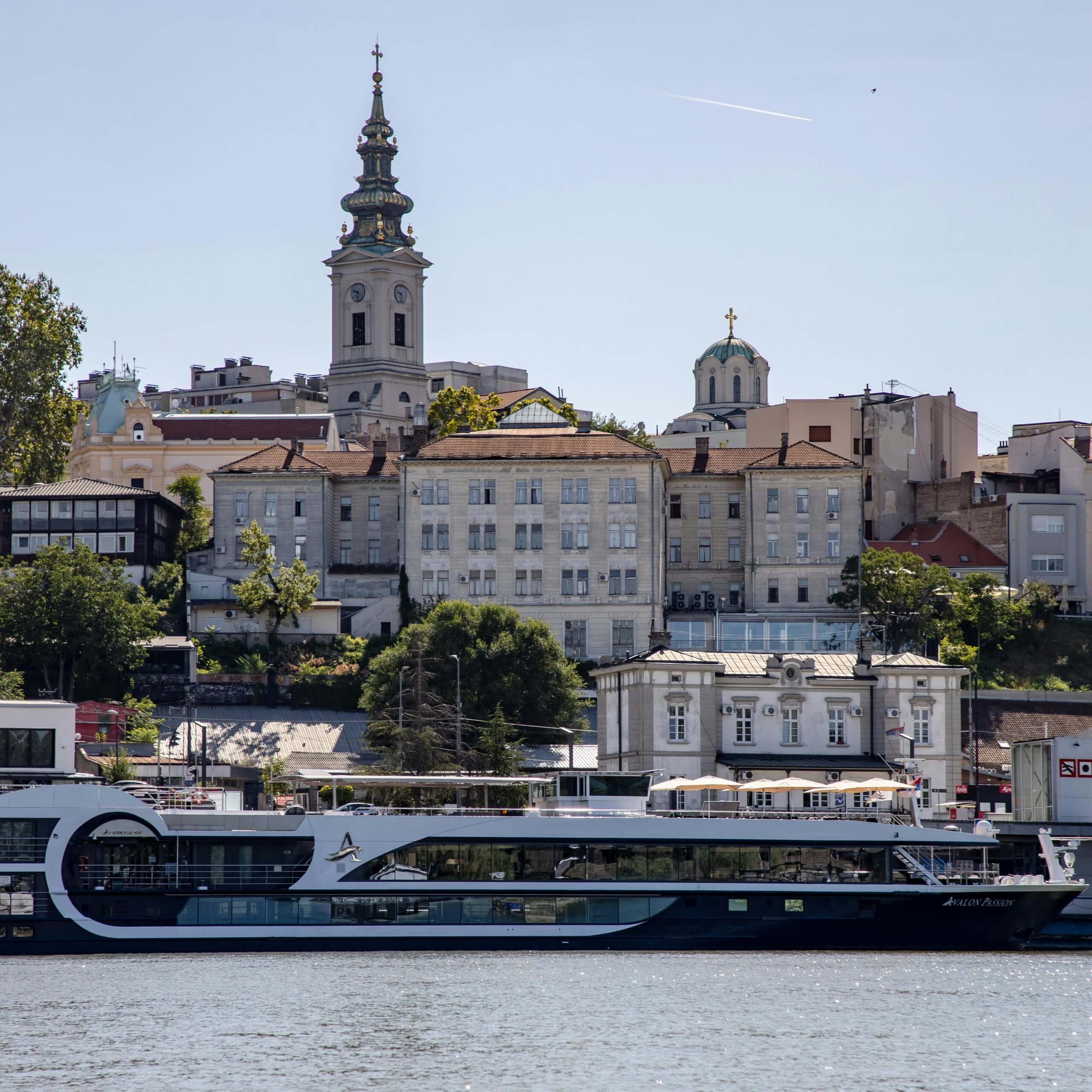We are envied all over the world: Italian cuisine needs no introduction. The poetry of its dishes, the importance of tradition, the plurality of its voices.
The history of Italian cuisine is first a history of contamination, given by the influence of people such as the Romans, Greeks, and Arabs who have strongly influenced our gastronomic heritage. Just think that the most primitive form of pasta can be traced back to the Greeks, who called laganon a large, flat sheet of pasta cut into strips. Hence, the term lasagna. Curious isn’t it?
Then we move on to talk about simplicity, with a wide range of genuine ingredients such as cheese, meat, milk, oil, fish: products of the earth and of the sea, protagonists of recipes that have become traditional, from generation to generation.
The Italian grandmother is the guardian of this history. Every Italian is born with the awareness that “cooking like grandma” is to touch the horizon with a finger. Impossible.
Guardian yes, but also teacher, as Carlo Cracco points out. With the mantra of “throw nothing away”, grandma has always been a pioneer of sustainability and km 0: making the most of what you already have at home or choosing products directly from the garden or farm.

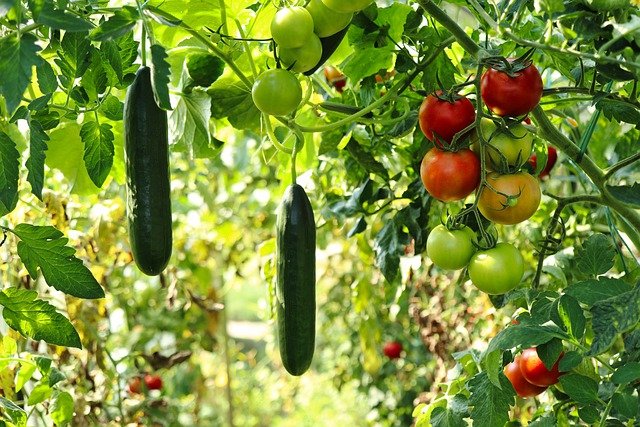
A cuisine, the Mediterranean one, even awarded. UNESCO recognizes it as a world heritage, synonymous with good health and gastronomic creativity.
Little meat, many kinds of cereal, and vegetables, without forgetting regular physical activity. The benefits? The reduction of the incidence of cardiovascular diseases and tumors.
So eating Italian is not only good, but it’s also (very) good for you. Its great strength is the variety that, on the other hand, translates into the lack of a true national cuisine. The reasons are mainly related to climate, territory, and history.
Before 1861, the year of unification, Italy was in fact a plethora of states and small states, each with its own cultural and therefore gastronomic identity. Each with its own traditions.
From the Alps to the Po Valley, from the hills to the coastal areas, raw materials, and types of product processing change.
If in Emilia Romagna, for example, the humid climate and cold winters favor the aging of cured meats with the addition of little salt, in the South, a lot of salt and strong seasonings are still added to them to ensure their preservation and alter their flavor in order to hide potential imperfections. There are dozens of examples of this kind along the peninsula, but now I want to take you, as promised, on a journey through the most authentic Italian cuisine between North, Center, South, and Islands.
Let’s start!
Eating in the North
Immersed in an often-metropolitan panorama, with the Alps in the background, we see how the North is greatly influenced by Germanic and French culture. You will be surprised to discover that here pasta is not really an indispensable food: in Valle d’Aosta for example (a unique case in Italy) wheat does not grow.
They prefer risottos, polenta, and hot soups. Typical dishes are risotto alla milanese, bagna cauda from Piedmont, fondue from Valle d’Aosta or canederli soup from Alto Adige. Without forgetting Ligurian pesto alla Genovese and Fassone meat, excellence in the world gastronomic panorama.
We cannot leave the northern table without a good glass of wine: from the renowned Barolo and Barbera from Piedmont to the Prosecco from Veneto, you will be spoilt for choice. And for those with a sweet tooth, you can also end with a good tiramisu!
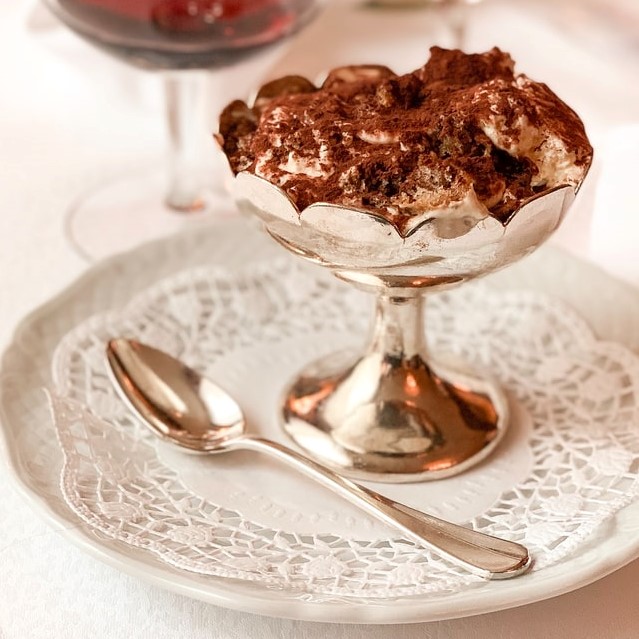
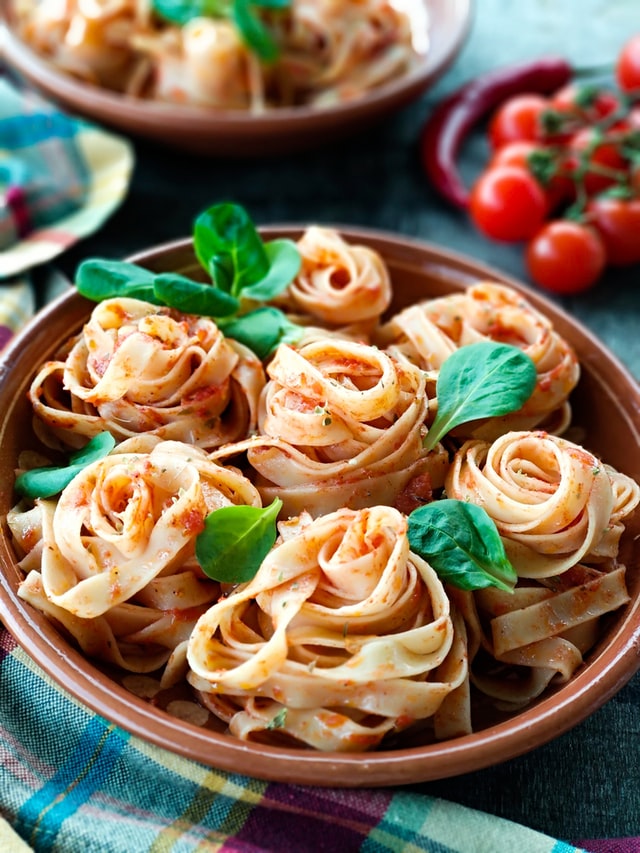
Eating in the Center
Our journey in the Center of Italy starts with Emilia Romagna, which shares the traits of its cuisine more with the center than with the north.
Here Bologna’s cuisine is represented by its famous first courses: tagliatelle with meat sauce, tortellini traditionally served with meat broth, lasagne, and cappelletti.
First courses are also protagonists in Latium with bucatini all’amatriciana, cacio e pepe and spaghetti alla carbonara.
From Tuscany to Abruzzi, it is the meat to be the queen: we find the Florentine steak on one side and a strong pastoral tradition on the other side with a great abundance of pork and sheep meat, the latter used for the renowned arrosticini.
The wine tradition is also very relevant here: the center is the land of Chianti and Brunello from Tuscany, Montepulciano from Abruzzo and Lambrusco, and Sangiovese from Emilia-Romagna.
Eating in the South
Try to imagine tables full of friends and relatives. A lunch that starts at 1 p.m. and ends at 4 p.m. Eating in the south is a commitment, of course. But in the most authentic beauty of sharing.
Pizza was born here, in Naples, in 1889. The original was named after the queen consort of Italy, Margherita, with the colors of the national flag: the green of basil, the white of mozzarella, the red of tomatoes.
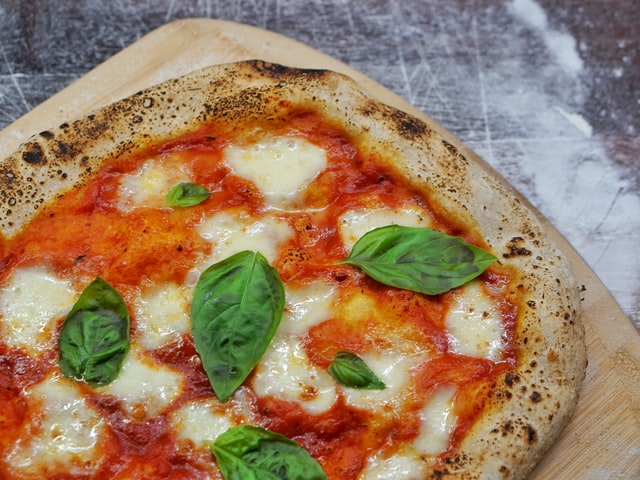
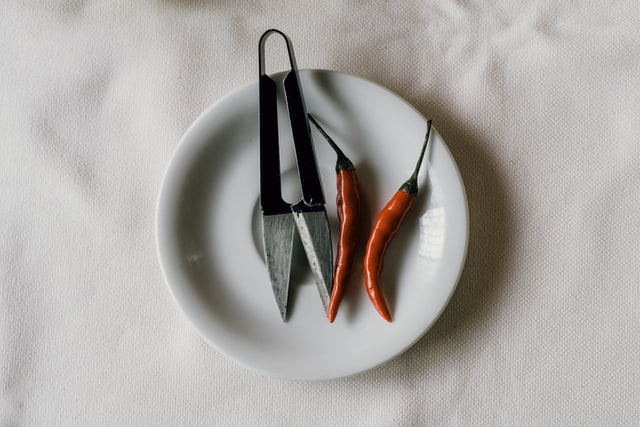
Pasta has a strong artisanal connotation: grandmothers, at home, prepare cavatelli, fusilli, orecchiette. Apulia in this sense is very connected to the work of the land and bases its typical dishes on flavors and fragrances: oil, wheat, vegetables, fish have a privileged place. An example? Ciambotto. A fish sauce is obtained by mixing different fish specialties.
Calabria, a great hot pepper: the Calabrian cuisine is a robust one, with intense flavors. Aromas with a strong impact on the taste buds of those who do not live them every day.
A tradition that speaks to the feminine, with many types of homemade pasta such as maccaruni and sciliatelli. And more capocolli, hams, soppressate, sausages, to end with ‘nduja, pork-based sausage wrapped by a very spicy aroma, which remains one of the most characteristic and symbolic foods.
To complete the table the wines of Salento such as Negroamaro and Falanghina beneventana.
Eating in Islands
Italian islands have found the resources for their cooking in themselves. The arid climate, the sea, and the wind have given these regions truly unique flavors, enhanced by excellent products.
In Sicily, you will smell the scent of blood oranges and lemons in the countryside and the flavor of seafood in dishes such as fish couscous. The alleys of Sicilian cities know how to capture you with the specialties of street food: a real institution of the cuisine of this land. From arancini, which divides by genre and paternity between western and eastern Sicily, to the cannolo which makes everyone agree. Also, from here come famous wines such as Nero D’avola, Sirah, and Marsala.
Sardinia, on the other hand, draws its gastronomical soul from the pastoral tradition and from the influences of people such as the Catalan one.
It is the homeland of many traditional quality products such as pecorino cheese and spiny artichoke. A tradition that also starts with baked goods such as pane carasau, passes dalIe spinadas to conclude with porceddu, the main dish of Sardinian cuisine.
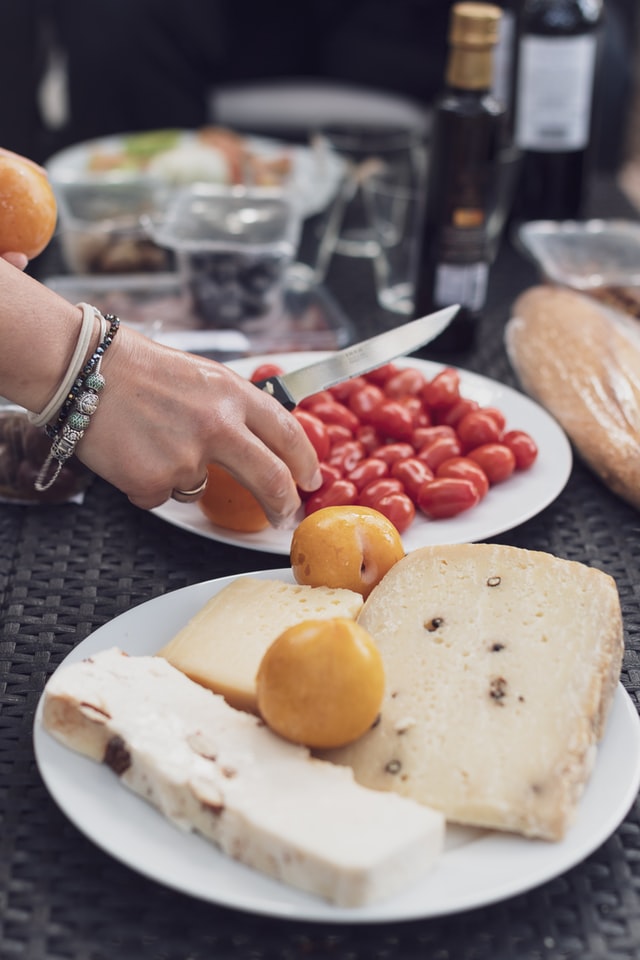
Finally, wines such as Vermentino in Gallura and Malvasia di Bosa, color the tables of the island.
Welcome Home, Welcome Italy
Our hotels want to enhance Italian cuisine. A Mediterranean cuisine, yes, but one that does not forget the excellence of local products or even to dare, at times.
If the Falkensteiner Family Resort Lido offers a gourmet version of an essentially “km0” cuisine, the Falkensteiner Resort Capo Boi knows how to go beyond the imagination of a fish-based cuisine. Here Sardinia meets Japan, in a culinary crossover for a unique and unrepeatable journey of taste. To be tried.
We will be happy to welcome you: here, where the seat at the table, never lacks!


